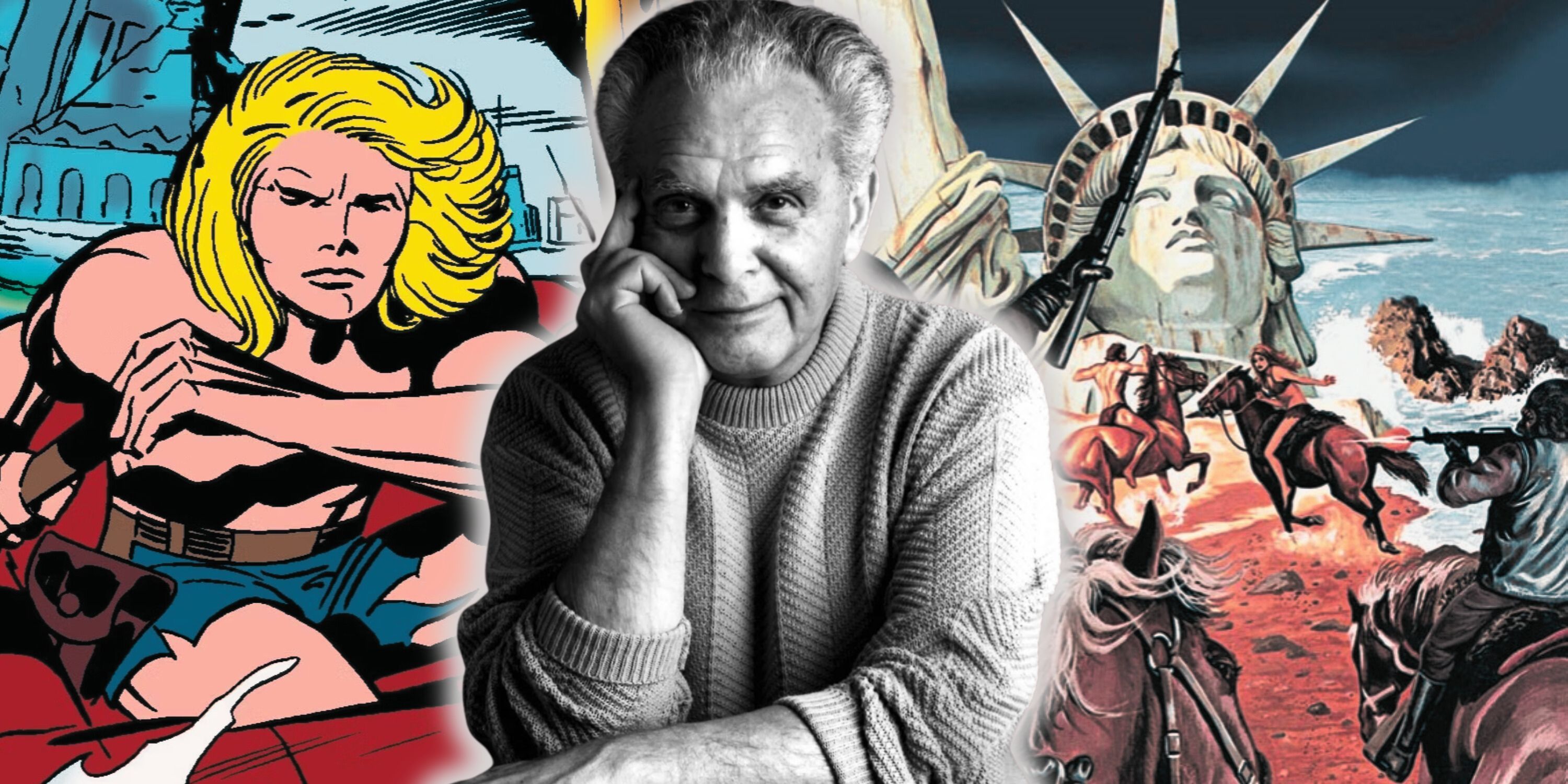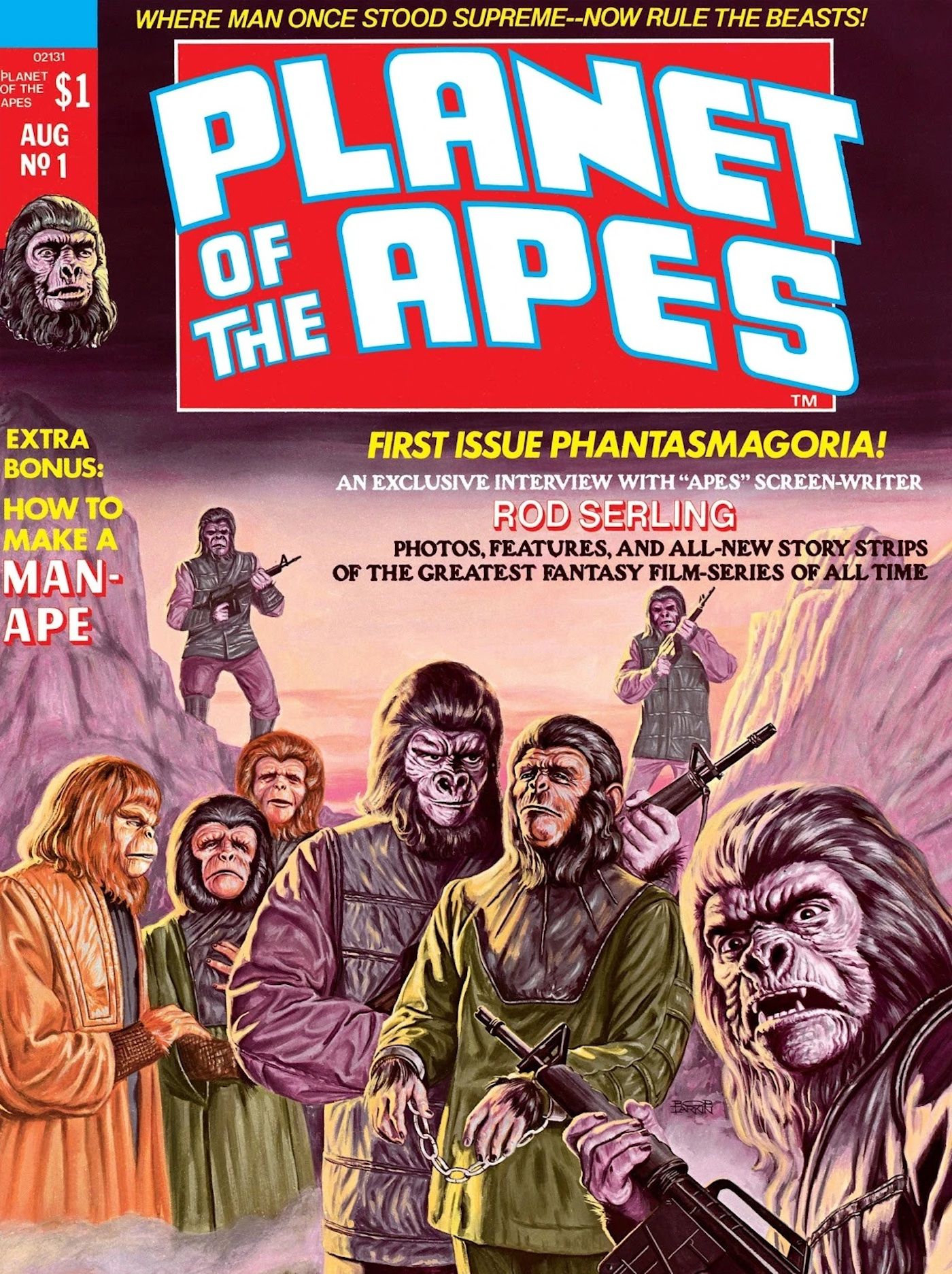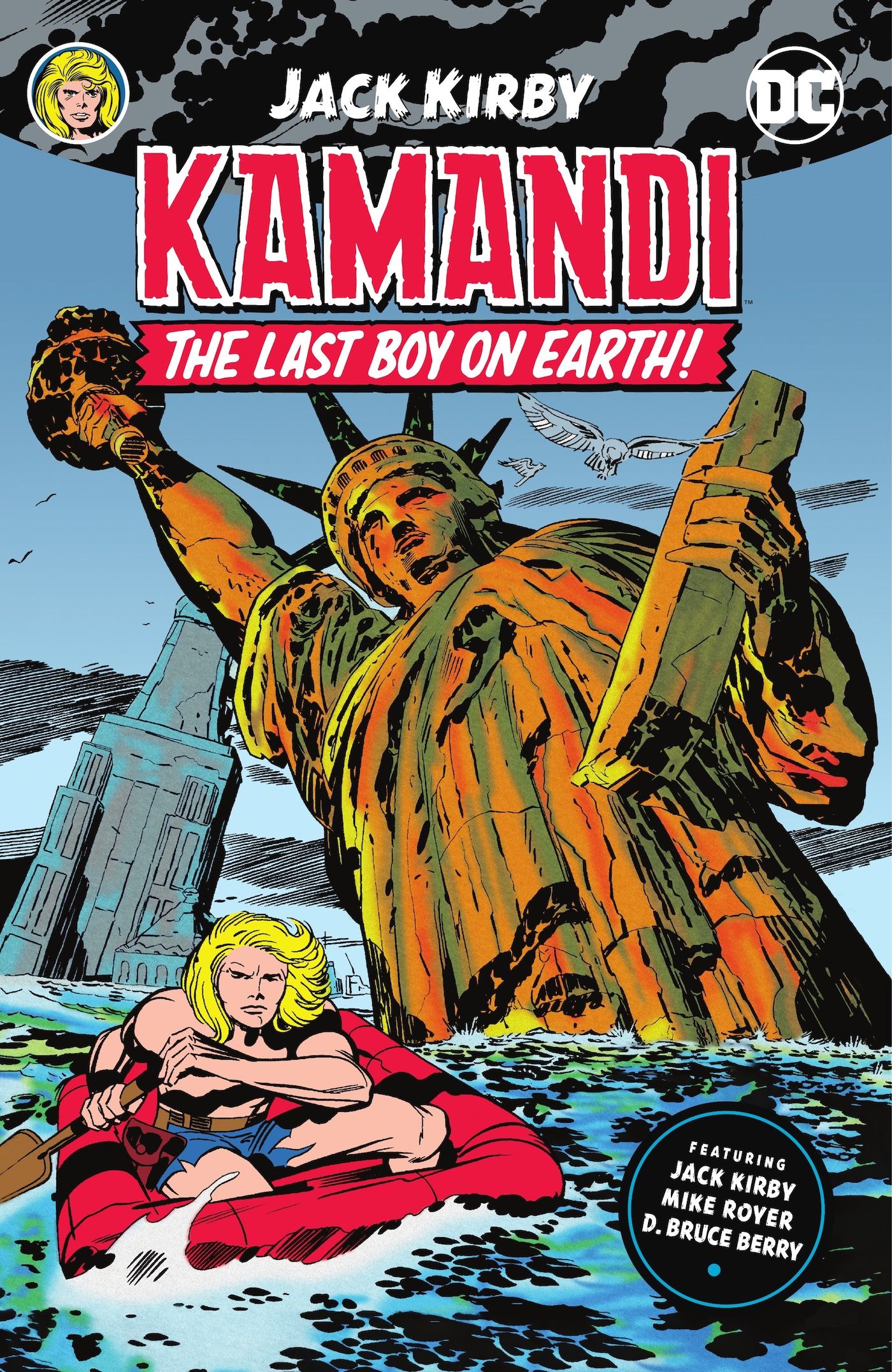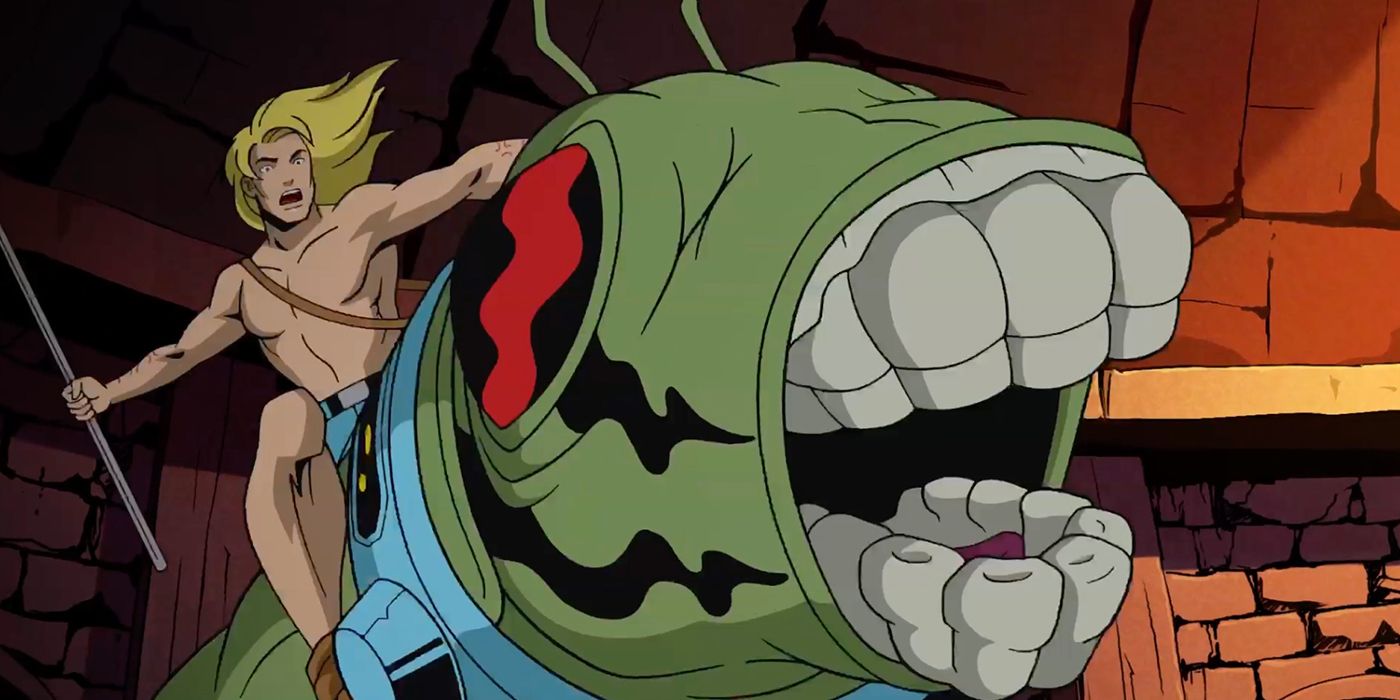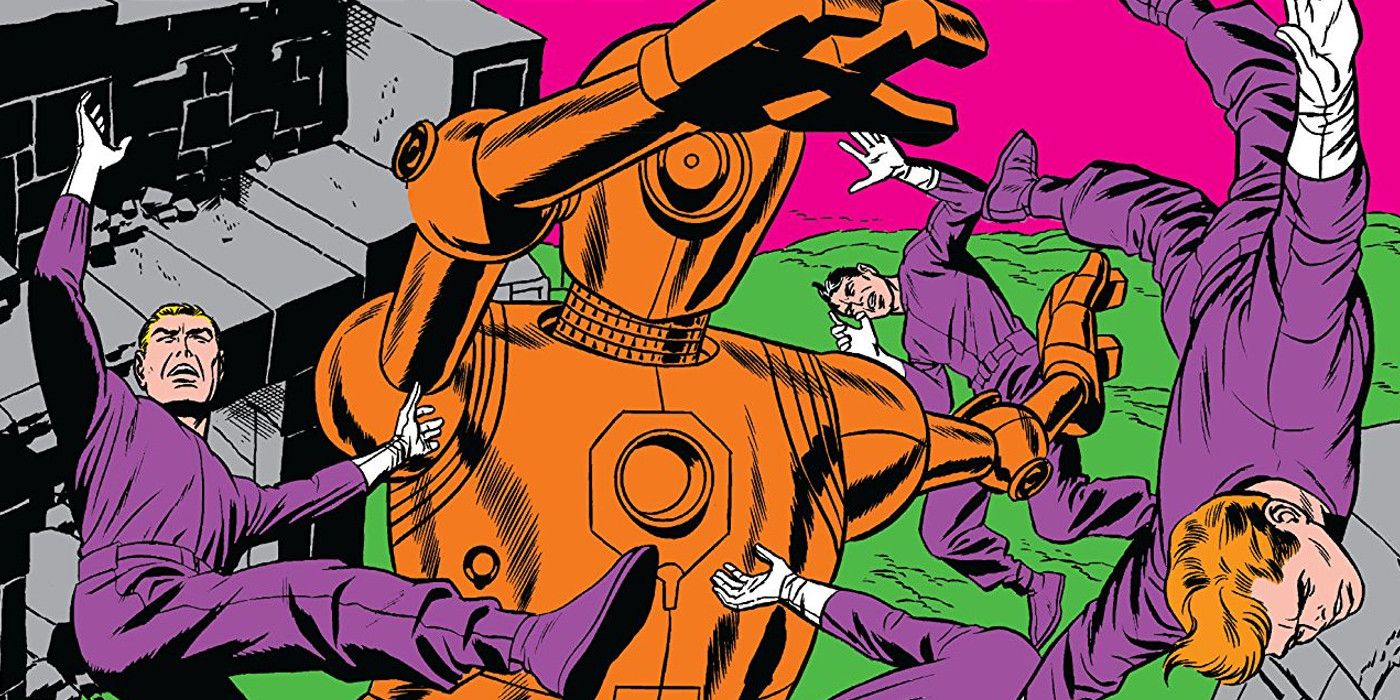Summary
- DC's Kamandi, created by Jack Kirby, explores animal civilizations after a disaster, offering a fresh perspective on post-apocalyptic storytelling.
- Kirby's concept actually predates Planet of the Apes, with a rich world that includes allegorical societies beyond just apes.
- Kamandi's potential for film adaptation is enormous, offering a unique take on a post-apocalyptic world that is ready for a renaissance.
Following the success of 1968's Planet of the Apes movie, Marvel and DC Comics fought over the rights to publish comics based on the film. When the latter lost, the legendary Jack Kirby was commissioned by DC editorial to create his own version. Despite it being labeled a rip-off, Kirby actually got there first.
In 1963, Pierre Boulle published his original The Planet of the Apes novel. Soon after, Charlton Heston headlined the blockbuster adaptation, which became one of the decade's most influential and iconic films. Considering this success, it was only a matter of time before comic book publishers tried to cash in. Famously, Marvel Comics secured the rights and turned in both a movie adaptation and a well-remembered series, with Doug Moench, Mike Ploog and Gerry Conway working on the run. Over at DC, however, Jack Kirby created something even better: Kamandi: The Last Boy on Earth.
In Jack Kirby's Kamandi, readers were given a blend of high fantasy, historical allegory, science fiction and adventure, replete with monsters and talking animals. The X-Men co-creator used his own ideas, and the concept actually predates Boulle's original novel.
Jack Kirby's Kamandi Is Anything But Derivative
Rather than stopping with the idea of apes as the planet's dominant species, Kirby instead followed myriad animal civilizations, each one a window into old human cultures.
Although Carmine Infantino did ask Kirby to create something to compete with Planet of the Apes, the core elements of Kamandi actually date from before Pierre Boulle's novel. The King of Comics was exploring the concept as far back as 1957, through his story "The Last Enemy," which he created for Harvey Comics' Alarming Tales. This short story follows a human time traveler in the future, where he's confronted by walking, talking animals, such as rats and dogs. Kirby combined this with an unused strip called "Kamandi of the Caves," and created Kamandi: The Last Boy On Earth.
The series follows Kamandi as he leaves the safety of an underground bunker, Command-D, and ventures out onto the new Earth. Following a "Great Disaster," humans sought shelter underground, and the death of Kamandi's grandfather left the young boy alone, with nothing left but to explore. After making his way into the world, he is caught in a skirmish between leopards and tigers, the latter of whom later become an integral part of Kamandi's story. From there, the young hero begins his perilous trek across the new America, meeting a series of friends along the way.
Planet of the Apes is a brilliant work of fiction, but Kamandi takes its core elements to a more creative level. Rather than stopping with the idea of apes as the planet's dominant species, Kirby instead followed myriad animal civilizations, each one a window into old human cultures. Where the Tiger Kingdom is a clear allegory for the Roman Empire, the Sea Leopards are swashbuckling pirates. Bats, apes, lions and snakes are also among the species that ascended to human-like intelligence, and Kirby played on how humans anthropomorphize each creature.
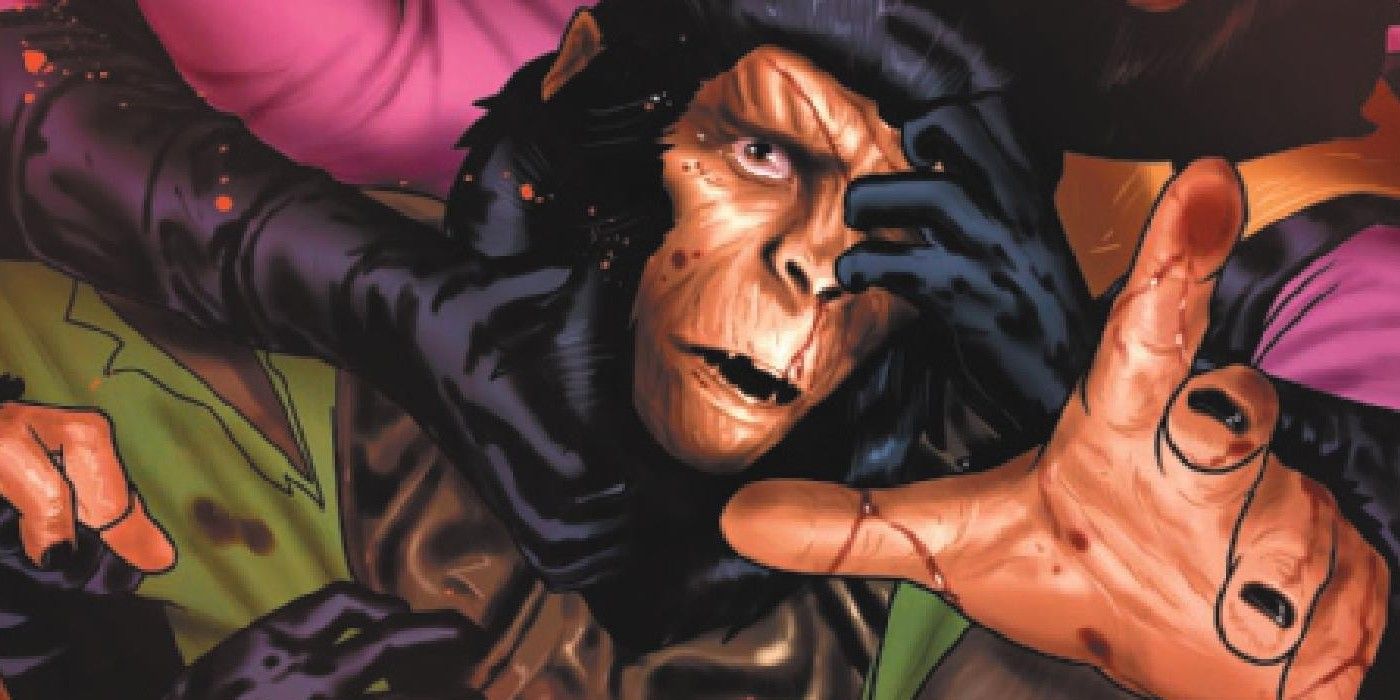
"It's a City of Soldiers": Planet of the Apes Sets Up a Decade of New Stories (At Least)
Marvel's new Beware the Planet of the Apes series has greatly expanded the franchise's mythos, giving it easily a decade's worth of new stories.Kamandi Is Long Overdue For A Movie
Fans of Kirby's underrated adventure hero have long wondered why a studio like Warner Bros. wouldn't capitalize on the idea behind Kamandi. After all, it wouldn't just offer some direct competition with the Fox — now Disney — franchise, but would breathe new life into a forgotten franchise. While the world of Kamandi has sometimes been visited by DC heroes, it is, for the most part, independent of the main Prime Earth timeline. Considering the fact Kirby was exploring the story's concept as far back as the '50s, the company could proudly outshine Planet of the Apes.
One of the most unfair reputations in comics is the claim that Jack Kirby ripped off Boulle's idea, when the reality is it was his from the start. While neither creator can claim to have originated the idea of talking animals, exploring a future Earth ruled by intelligent beasts comes from Kirby. At the time, his short story flew completely under the radar, but the success of the Planet of the Apes franchise shows it was always viable. Expanding this concept to a corner of a major superhero universe only leaves the door open to endless possibilities and genre versatility. Everything Boulle did well, Kirby did better.
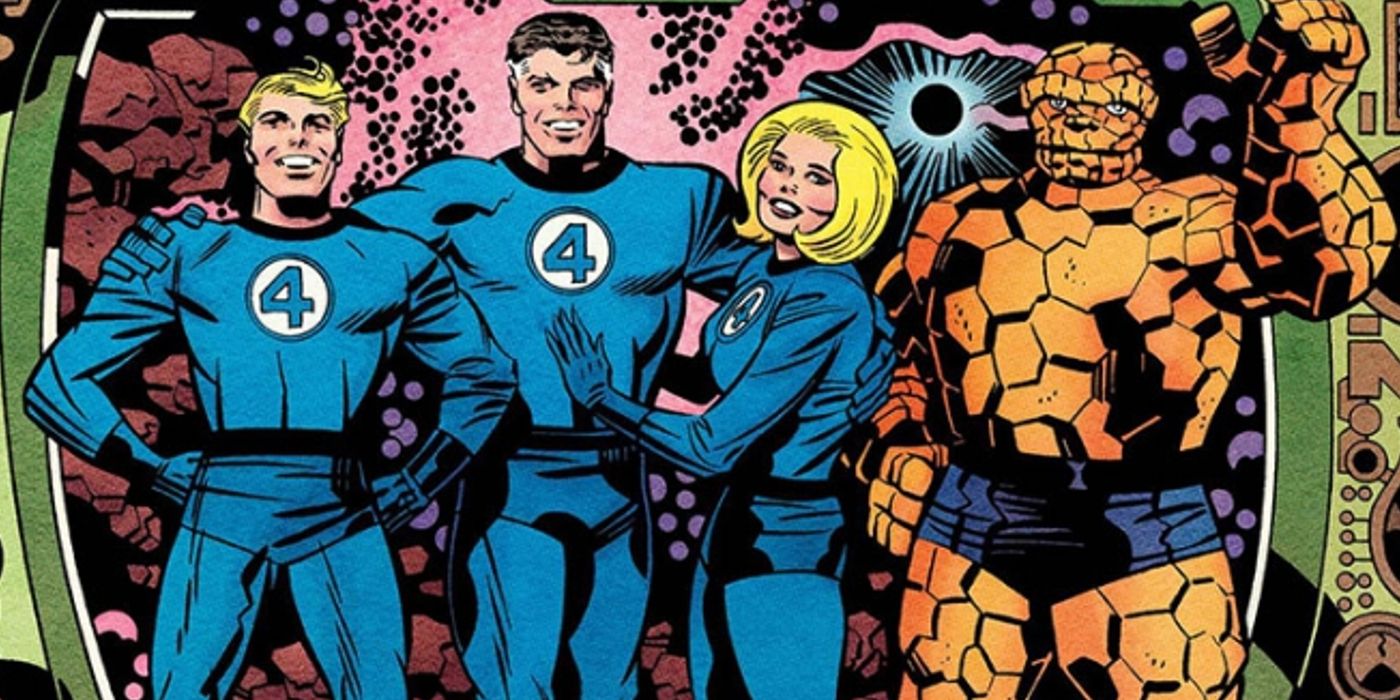
Fantastic Four's New Era is the Opposite of Stan Lee & Jack Kirby's
The new Fantastic Four writer promises to keep anger and conflicts out of the series, but that’s what made the team great during Kirby and Lee’s era.James Gunn's DCU Is Ripe For New Genres
One of the best aspects of James Gunn's DCU slate is just how varied it is, eclipsing the genre diversity of the MCU. In Creature Commandos, DC promises creature feature action. In Swamp Thing, audiences can expect supernatural horror. In Paradise Lost, Gunn will deliver a high fantasy series. Throwing Kamandi into this roster of projects could only enrich the franchise's future. From The Walking Dead to Planet of the Apes, post-apocalyptic settings have always been a popular way to tell stories. For fans who want to experience this world, 2021's DC Showcase: Kamandi is a great place to start.
Kamandi's story works well in every medium, whether it's animation or live action, and especially in comics. Unfortunately, since his series' cancelation following the DC Implosion, the character has been pushed into obscurity. However, the ongoing success of Planet of the Apes, both in comics and on film, should stand as proof positive that the idea behind Kirby's creation does have a path to victory. With a direct tie-in to the DCU, as well as a richer world to explore, there's no reason the adventures of the Last Boy On Earth couldn't be the next big thing.
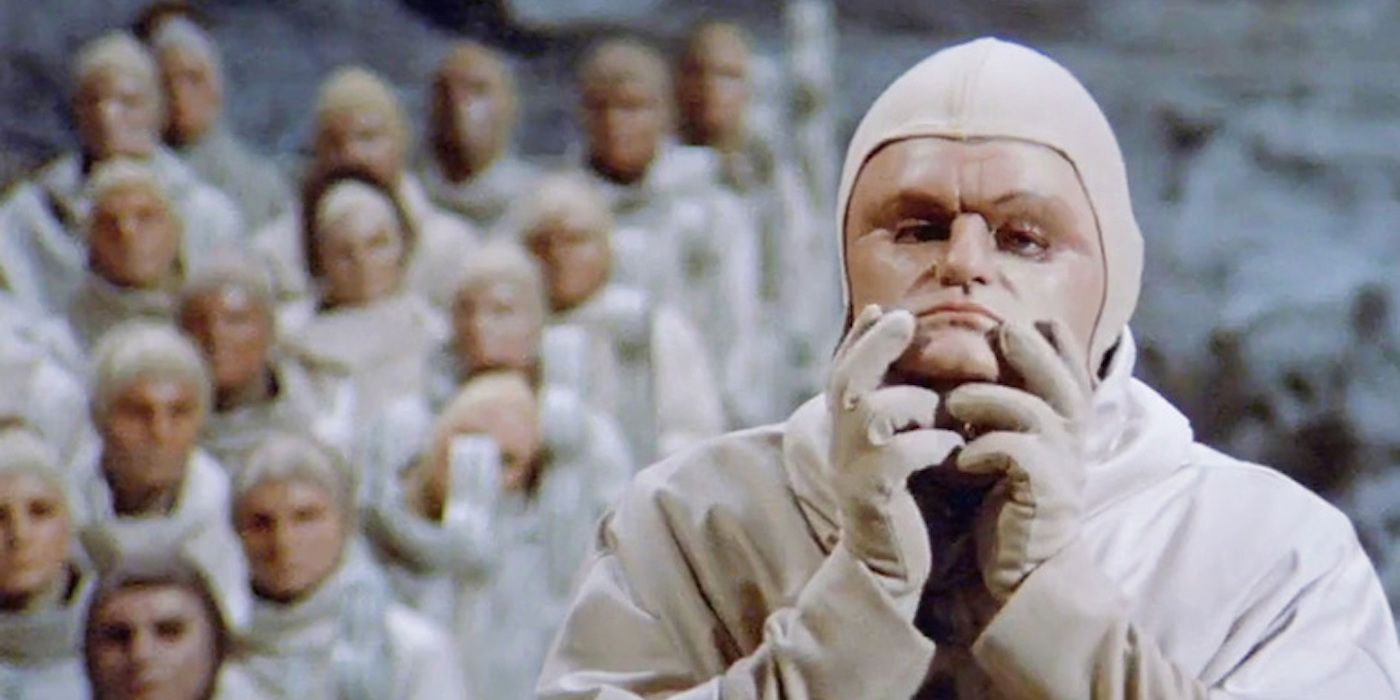
Planet of the Apes Introduces New Faction of Psychic Humans to Original Movie Continuity
Mutant humans were a big part of the Planet of the Apes, and now the franchise has introduced a new faction of mutants--but whose side are they on?Jack Kirby's Influence On Culture Is Inescapable
The Planet of the Apes is far from the only example of a more popular franchise being predated by a Jack Kirby idea. Famously, Stan Lee and Kirby's work on The Fantastic Four can be traced directly back to the latter's work on DC's Challengers of the Unknown. Considering that 'the King' was one of comics' first true legends, having created Captain America alongside Joe Simon, Kirby defined the medium for generations. Purely going by his creations, it's almost impossible to be a modern day comic book fan and not enjoy a hero or villain created or influenced by Kirby.
In the world of Kamandi, DC Studios has an idea that not only offers competition with a major franchise, but also something that could interact with its superheroes. In the comics, as well as animation, Batman himself has enjoyed some great adventures in Kamandi's future. The franchise ups the ante on everything that makes Planet of the Apes work, and makes it greater. In 2017's The Kamandi Challenge, a revolving list of creators put their own spin on the character, and left a template for a contained story. From villains like the mutant, Misfit, to the epic war between Tigers and their enemies, Jack Kirby's series possesses elements that outshine Planet of the Apes and make it ripe for adaptation.

